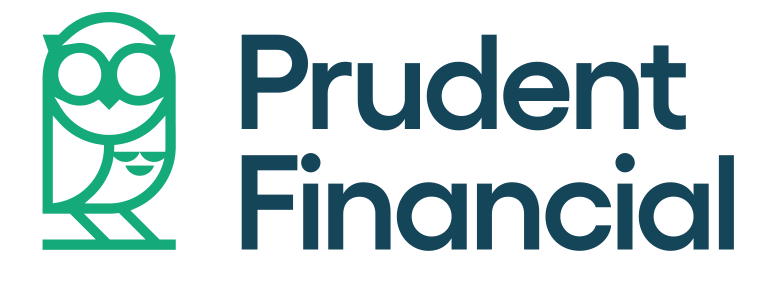
 We are officially into 2016 now, and that means that many of us are getting those New Year’s resolutions in place and prepping for the weeks and months ahead. If your resolution list included getting out of debt, we can help – it is as easy as 1-2-3!
We are officially into 2016 now, and that means that many of us are getting those New Year’s resolutions in place and prepping for the weeks and months ahead. If your resolution list included getting out of debt, we can help – it is as easy as 1-2-3!
Step 1: Recognize that debt is an issue. If you’re reading this, you’ve probably already completed this step.
Step 2: Examine your options for getting out of debt. This is a bit more difficult than step 1, but far more important. So, what are your options? Here are a number of them:
- Use your home to consolidate. This can be done a few ways:
- Mortgage refinancing – Refinancing your first or second mortgage can deliver the lowest interest rate, lowest payment and lots of flexibility. Cons: you have to have equity, could be subject to penalties on existing mortgages and have to pay closing costs.
- Unsecured home equity loan – This is a loan based on home equity that doesn’t involve a lien on the house. This is different from a refinance because there are no closing costs because a mortgage doesn’t occur. Some lenders even make it more convenient by not requiring your spouse or other people on title to sign.
- Use your car. This is a good option if you don’t own your home or don’t have home equity. Using a vehicle to secure a consolidation loan is possible if your vehicle is paid off or you only owe a little on it. There are lenders who will use your vehicle as security and advance a loan to enable you to consolidate debt.
Don’t have security or way too much debt?
- Consumer proposal or bankruptcy
- Bankruptcy – This is usually leveraged by lower income earners who don’t have assets. In bankruptcy you make a single payment to a trustee for 9 – 21 months, depending on your income. While you’re an undischarged bankrupt, the trustee administers payment to your creditors and you have to report income and new assets to them. At the end of the 9-21 months you become discharged and your bankruptcy is over – you are out of debt and can rebuild credit.
- Consumer proposal – This option is generally chosen by people with higher incomes because bankruptcy payments are based on an income calculation and so they can be too high for people who earn more. If accepted you make a single payment to the trustee for 48-60 months. These are attractive because, unlike bankruptcy, once accepted by creditors, you can pay off the proposal in full at any time. At the end you are out of debt.
Remember, both of these options for getting out of debt may impact your credit, so if you choose a bankruptcy or a consumer proposal, you need to rebuild credit right away.
Step 3: Once you’ve made your decision and worked on the debt repayment plan, sit back, relax, and watch as your total debts fall!
If you’re looking for a fresh start for 2016, Prudent Financial can help, no matter your current credit status. We provide personal loans to even the most bruised credit, including undischarged bankrupts.
Call us today at 1-888-852-7647.
